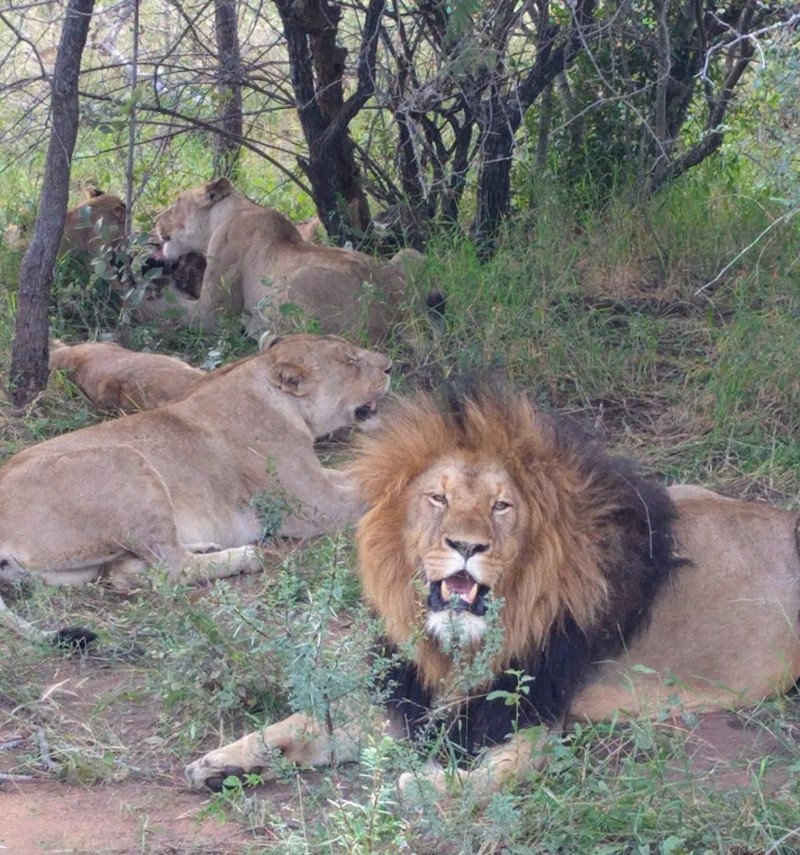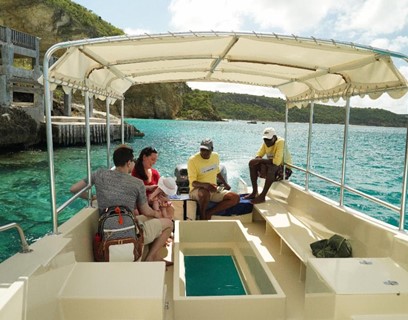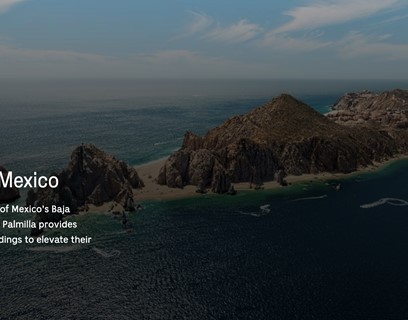
Following a recent article on MNI Media, I wanted to set out an alternative perspective on what happens behind the scenes of your wild animal selfie, or when you visit animal performances and some sanctuaries in the United States.
While it is natural for animal lovers to want to get up-close to the animals they love or respect, by doing so you are ensuring that the attraction continues to the detriment of the animals’ welfare.
An ethical sanctuary is a place where animals are rescued from abuse and neglect and provided with lifetime care. They do not breed the animals and do not allow visitor interaction.
While it is undeniable big cat cubs are cute, a question to ask is how is it that attractions always seem to have cubs? The answer is due to speed breeding of adult females.
In the wild tigers typically spend up to 2 years with their mothers. Captive big cats go through intense suffering for the benefit of entertainment venues, where new-born cubs and their mothers are often separated immediately after the cubs’ birth.
The removal of the cubs further benefits the breeders as it also means the female goes into heat quicker and can therefore have another litter. Lions and tigers in the wild usually have one set of offspring every two years, in tiger mills this is usually two to three litters a year.
The female never gets the chance to be a mother. The cubs never get a chance to learn what it is to be a real big cat.
Lion and tiger cubs are then handled by humans, in unnatural environments with bright artificial lights, camera flashes, loud noises, big crowds, handled by hordes of strangers, all while coping with being taken from its mother.
After a few months and once the cub is past the “cuddly” phase, they are deemed as too dangerous and either disappear (usually for their ground-down bones and their skins, which is a profitable but illegal trade method), join the breeding mill, or are kept in small cages where they will live out the rest of their existence - never being able to use their powerful and natural mental and physical abilities.
These animals have evolved physiques conditioned to roaming in vast areas, not sitting in a tiny cage for their entire existence, because humans want to look at them.
An article by the World Wildlife Foundation (WWF) stated: “Officials are rarely able to determine how many tigers there are in captivity within state borders—or where they are, who owns them, or what happens to their body parts—highly prized on the black market— when they die.”
Another WWF report stated that only 6% of America’s captive tiger population lives in zoos and facilities accredited by the Association of Zoos & Aquariums; the rest are in private hands.
Furthermore, People for the Ethical Treatment of Animals (PETA) say the regulations for keeping a big cat in the US are very minimal – as long as you have a cage where the animal can fully stand up and turn around you shouldn’t have a problem getting a licence.
The argument that it is conservation is moot as the genetics and inbreeding of the animals and the fact that they would not know how to survive in the wild, means they will never be released. So while tigers would still technically be in existence, by being held in captivity it would be a miserable and unnatural one.
People do not need to see the animals to care about them. You only have to ask a child what their favourite dinosaur is, and to hear their excited response, and yet they have never, and will never, see one.
A performance to die for
To address the issue of animal performances or circuses, the only way to get a wild animal to perform is to break its spirit. To speed up the process to fulfil public demand, this is done with violence and intimidation.
An elephant walking on its back legs, a bear riding a bike, or a big cat running through a ring of fire, is never seen in the wild. It is doing it because it has been forced, and the unnatural movements on the animal’s body have a huge impact on its health.
Baby elephants are torn from their mothers at a young age, tied-up, confined and beaten until they fear the trainer.
Elephants (both African and Asian elephants) are highly intelligent, social animals and in the wild live in large herds traveling vast distances.
In captivity, trainers use whips, tight collars, muzzles, electric prods, bullhooks (heavy batons with a sharp hook that the animal is hit with) and other painful tools to force baby animals to perform.
Because the “show must go on” at a set time and date, positive reinforcement is not a preferred training method as it is a longer process.
When not performing the animals are kept in small cages which restricts movement and on unnatural material such as concrete. They are forced to eat, sleep and defecate in these tiny enclosures.
“The constant travelling, the confinement and the inability to meet the social, behavioural and physiological needs of the animals mean that the circus environment itself is the issue,” said the RSPCA.
Even if they are well fed and watered, it is a life of misery for the animal.
Captive animals show visible signs of distress, including swaying, head bobbing, self-mutilation and pacing. None of this behaviour is ever seen in the wild.
Wild animals are treated as a human’s property to be displayed and profited from. And while some animal handlers may have a genuine love for the animals they have in captivity, they are putting human desires above the needs of an animal.
As the study into the impact of captivity continues to show how detrimental they are to an animal’s ability to exercise, socialise and behave in a natural way, so too is there an increase of regulations and closures or bans. The general public as well are becoming more aware, and demand is reducing but remains.
So long as there is demand by the public then attractions such as these will continue. The question you need to ask yourself before visiting is, are you comfortable knowing that you are fulfilling a cycle of abuse?
Or is an animal’s wellbeing worth more than your social media photos?
With most of the world having lived through lockdowns due to COVID-19, we have all experienced how it feels to be shut in your home, being forced to not see family members, to have your reality altered.
You may have had food and water, you may have benefited from air conditioning or heating, but it was so far removed from a human’s point of reality that the forced confinement placed a huge toll on people’s health both mentally and physically.
What we experienced for a short while, is exactly what wild animals held in captivity go through for their entire lives.
Top tips:
- Never visit attractions that make animals perform in an unnatural manner (circus, bear dancing. Big cat interactions, lion walks, performing apes, dolphin/whale shows, elephant walks etc).
- Research any sanctuaries before visiting. Are they recognised by a governing body? If they sell, buy or breed animals, it is not an ethical sanctuary
- Do not like, comment or share pictures on social media that show humans interacting with wild animals, or at animal performances.
- If you love an animal, then show it by supporting conservation efforts to protect them in the wild.
Further reading: https://www.theguardian.com/world/2021/sep/21/tiger-trafficking-america
https://www.worldwildlife.org/stories/5-things-tiger-king-doesn-t-explain-about-captive-tigers
https://www.fauna-flora.org/news/why-captive-breeding-will-not-save-the-wild-tiger/
https://www.four-paws.org.au/campaigns-topics/topics/help-for-big-cats/tiger-king
Kathleen Retourne became a journalist in 2008 writing for various publications and websites covering financial and commodity trading industries. In 2017, she left London to pursue her passion for wildlife. She spent three years living in various countries in Africa providing conservation education classes. She now lives in Montserrat where she runs a weekly conservation show on social media with global conservationists to highlight and create awareness on the importance of protecting our wildlife and wild spaces.


